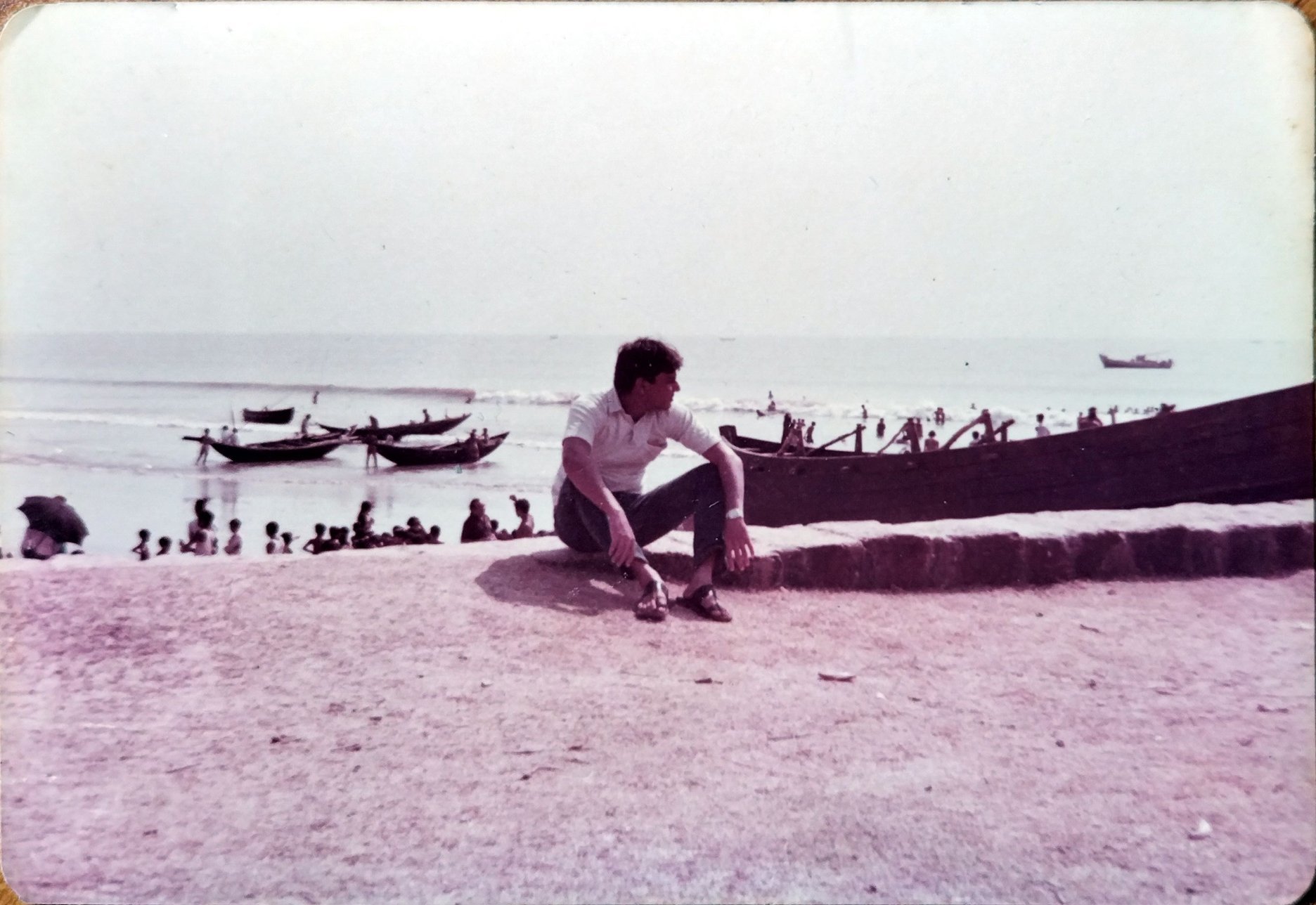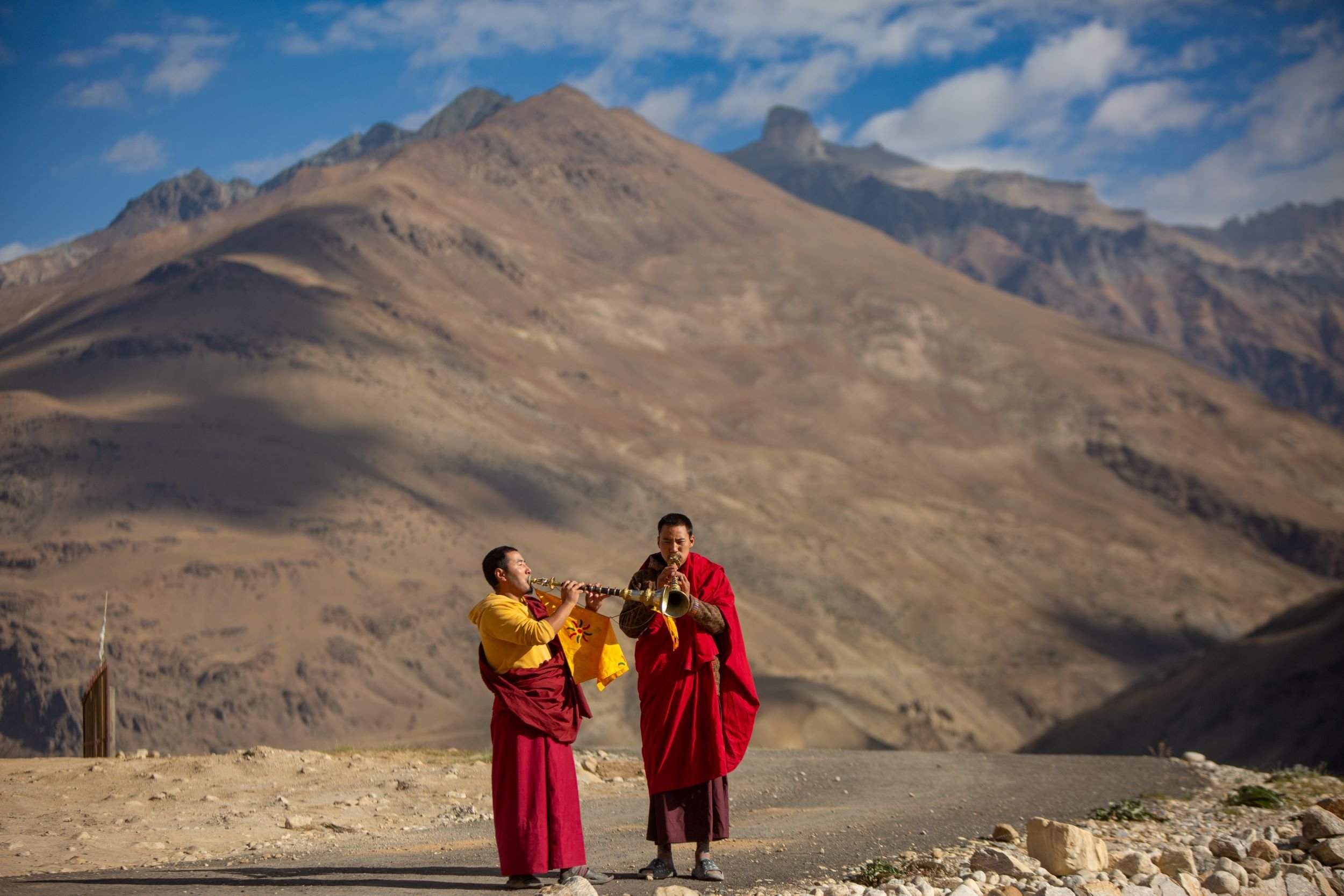A Tale of Two Idlis

Sharanya Deepak on how the humble idli shaped the life of a Tamilian growing up in New Delhi.
It is 10 am on a Sunday in May, my sister and I are hung-over, craving breakfast, missing a mother who has left us to meet with her friends. “Biryani?” my sister says out loud, going with her first impulse every time she is hungry. “Bacon?” she asks me doubtfully, to which I answer with a glare – never understanding everyone’s penchant for greasy slivers of substandard meat first thing in the morning. “I can make that spinach omelet” I say, at which point, it is her turn to glare – never understanding my inclination towards green vegetables on an empty stomach. “Idlis,” we both decide together, surprised at our conclusion, baffled that we have gotten past biryani, kebabs, fancy egg sandwiches and arrived at a breakfast we rejected almost all our lives.
Idlis are eaten all across the south of the country, but particularly in Tamil Nadu and Karnataka. Made from a maavu, or batter, of rice flour and water churned to a smooth, airy consistency, they are then steamed into round dumplings. The best idlis are soft like clouds, the worst (like mine, most often) are hard like rubber tires. Idlis are best eaten with chutneys — made from bases of coconut, coriander and tomatoes — and also with molagu podi, a dry concoction made from grinding red chilies, coconut, dried lentils to a fine powder, or gunpowder as it is fondly called for its resemblance to the weapon. Idlis are sacred to Tamilians — a perfect symbol of the food of the region — healthy, minimal, and profound. Idlis, so beloved, also have their own day on the 30th of March every year, a breakfast known widely across the country, loved by all, even often anointed by loyalists as the “best breakfast in the world.”
Reminiscing about my memories of the dish, I make my way into my mother’s kitchen that Sunday, bringing out the idli mounds, and searching the fridge for the batter. “How do they do this in two minutes?” my sister wondered out loud, as I rushed about frantically trying to recreate this most simple breakfast of my childhood. Though I had eaten idlis for over two decades, I had never cooked them. When the women of my family did, they had made it look severely easy, engaging in entire conversations, bringing up controversial subjects of my potential ineligibility as a good wife, as they ground rice into batter that they would set on multiple steamers. But as I stood in my mother’s kitchen — watery foamy batter pouring out of mounds onto the kitchen counter, my dismay was inevitable. In my late twenties, I was finally ready to embrace a part of my identity that I avoided all my life, but I thought, though I wanted it, did it still want me?
I was raised in the capital by Tamilian parents, to a mother from Bengaluru, and a father whose family had moved to Pakistan long before he was born. My grandfather was born in Karachi, a city he still talks about like a missing limb —“How can I explain it to you” he would say, with the sadness and smugness of all those who knew an undivided India. He describes his home life as a mix of the puritanism of his headstrong Tamilian Brahminical father and the everyday volatility of the North-Indian subcontinent before and after Independence. As my grandfather and his siblings grew up in Delhi, the capital of a new, free, malleable India, their roots in Madravasal, near Madurai, Tamil Nadu became more and more faint.
At family weddings, my father’s side would gather in shining silk Kanchivarams, but when it was time to eat, someone would take a mass dahi-papdi order which would arrive to a cheering chorus from highly excitable relatives sitting cross-legged in front of a row of banana leaves.
Having grown up in a city that demanded full immersion to belong — heart, soul and appetite — idlis were to me a detached element from my sense of self. Despite their fluffy, comforting form, I was first a Dilliwaala, a guzzler of lamb stews, a firm advocate for shammi kebabs, a devotee of foods so indulgent they kept you up till 5 am. “This is what we eat,” my mother would say to me as she dunked fresh idlis in chilli powder and wrapped them off for school lunch, as I complained. “Deal with it.”
Image credit: Aysha Tanya
On that Sunday as I ran around in an existential frenzy, idlis were what I wanted, with more urgency than just a petty craving. They became then, the breakfast I depended on, what I would wake up craving when I was travelling for work, when I was abroad during university and homesick. “They’re profound” I said defensively, to a Kashmiri friend some weeks ago as he claimed that idlis tasted of nothing. “The next time you’re in Delhi, I’ll show you.”
There are three factors to making the perfect idli: the freshness of the batter, the texture to which it is ground (according to my mother packet idli batter just won’t do), and eventually, as my mother gravely says, patience — don’t stop steaming before they’re done, more importantly, don’t pluck them out of the steamer before they’re done.
Idlis must be perfectly round and soft, but it must not crumble when you pick them up to dip them in chutney. “They’re a fine balance,” said my aunt on a day she made several fresh batches. “Balance of the diet of course, but also of the mind.”
A week ago, I was hungry from travels and lonely from not having seen anyone I knew for days. Breakfast had been bleak and horrid, I had lost my wallet, and I set forth with only one thing on my mind as an incentive to get through the day — Murugan Idlis, in Singapore’s Little India neighbourhood. This was the go-to for all Indians in the city when they were homesick, or just hungry. On that particular day, I was both and told my aunt to meet me there, overjoyed that I could get my favourite breakfast in another part of the world. “Podi or plain” asked my waiter, enquiring whether I wanted my dumplings smeared in ghee and chilli powder or just in their original, simple version. “Which is better?” I asked, tired, impatient, uncaring even at this point. “There is no better or worse — idlis can be eaten in any way, that’s the point.”
At lunch, my aunt and I discussed a menu for our family on her birthday in two weeks. “Chhole bhature and idli sambhar?” she asked. “Some North Indian and South Indian, right? That’s how we like it best.”
Sharanya Deepak is a writer presently living in New Delhi. Her work has previously appeared in Tehelka Magazine and Roads and Kingdoms. She has also written a children's book and hopes there will be many more.
ALSO ON THE GOYA JOURNAL








